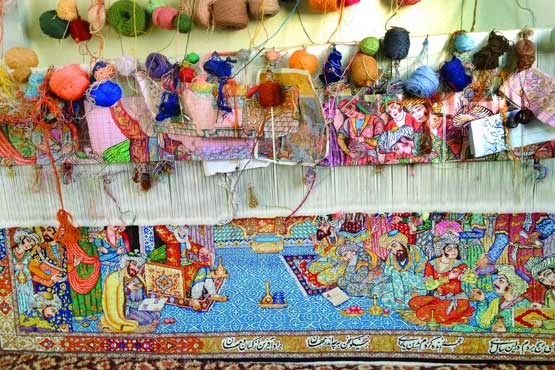The Rich Legacy of Turkish Carpets
Turkish carpets, also known as Anatolian carpets, boast a rich history and a reputation for exquisite craftsmanship. The oldest known Turkish carpets date back to the 13th century and originate from Konya, a historic centre of Turkish carpet manufacturing. These carpets are known for their durability, intricate designs, and the unique Turkish knot, also called the Ghiordes knot or Turkbaff.
Historical Context and Influence
Turkish carpets from the 16th and 17th centuries are often compared to Persian carpets in terms of quality and artistry. The Greeks, who were prominent in carpet manufacturing at the time, significantly influenced Turkish carpet designs. This cultural interplay resulted in carpets that are not only functional but also artistic masterpieces.
Materials and Techniques
Traditional Turkish carpets are made from wool, cotton, and silk. They are thicker than many other types of carpets, providing a plush and luxurious feel. The distinctive Turkish knot, used in all authentic Turkish carpets, contributes to their durability and intricate designs. This knotting technique involves looping the yarn around two warps, creating a dense and durable weave.
Common Patterns and Motifs
Turkish carpets often feature geometric motifs and prayer niche designs. Due to Islamic teachings, depictions of humans and animals are generally avoided. Instead, the patterns are rich in symbolism and artistry, often reflecting cultural and religious themes. Common motifs include stars, medallions, and intricate floral patterns, each telling a unique story and adding to the carpet’s aesthetic appeal.
Notable Types of Turkish Carpets
Turkish carpets are produced in various regions, each known for its unique style and characteristics. Some of the most renowned types include:
- Hereke Carpets: Known for their fine silk and wool construction, featuring intricate designs and often used in palaces.
- Oushak Carpets: Famous for their large, bold patterns and soft colour palettes, ideal for contemporary and traditional interiors.
- Kayseri Carpets: Made from silk and known for their delicate patterns and vibrant colours.
- Ghiordes Carpets: Characterized by their prayer rug designs, often featuring a central niche and floral borders.
Modern Production
Today, Turkish carpets are produced on a smaller scale, with significant centres in Ankara and the Konya region. Modern Turkish carpets continue to uphold traditional techniques while also incorporating contemporary designs. The blend of old and new ensures that Turkish carpets remain relevant in today’s market, appealing to both collectors and home decorators.
Turkish carpets are more than just floor coverings; they are a testament to centuries of cultural heritage and artistic excellence. From their origins in Konya to their modern adaptations, these carpets continue to captivate with their beauty and craftsmanship. Whether you’re seeking a piece of history or a stylish addition to your home, Turkish carpets offer timeless elegance and unmatched quality.
Explore our collection of Turkish carpets to find the perfect piece that combines tradition, craftsmanship, and beauty for your space.

